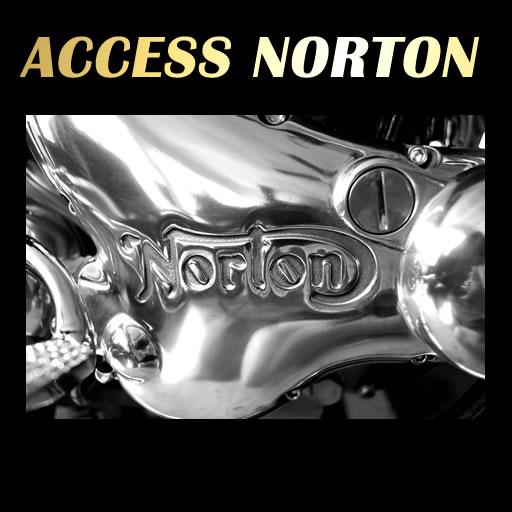Britstuff
VIP MEMBER
- Joined
- Jan 8, 2021
- Messages
- 176
Hi:
I recently got my 1962 Norton 650SS project bike back on the road. She now runs delightfully. However, I think I have a problem with battery overcharging.
I had initially used a refillable type, but decided to replace it with a sealed unit as I noticed the acid levels were lowering at a rather fast rate. The new sealed one lasted for a few hundred miles before I noted the ammeter needle had stopped registering. I checked the battery and the casing had split and the battery was quite hot!
What is confusing to me is that I assumed that my bike (still 6 volt with points, magneto, 3 wire alternator) would have a zener diode / regulator installed somewhere or other. To date I have not located it. Should my bike have one and if so what should it look like / where should it be? Have any of you Norton owners run into similar problems? If so is fitting a modern solid state regulator a potential fix?
I should note that while the wiring does not appear to be messed with, the many sins I have discovered on my bike - commited by a PO - suggest anything (including miswiring) is possible.
Thank you!
Kind Regards,
James
I recently got my 1962 Norton 650SS project bike back on the road. She now runs delightfully. However, I think I have a problem with battery overcharging.
I had initially used a refillable type, but decided to replace it with a sealed unit as I noticed the acid levels were lowering at a rather fast rate. The new sealed one lasted for a few hundred miles before I noted the ammeter needle had stopped registering. I checked the battery and the casing had split and the battery was quite hot!
What is confusing to me is that I assumed that my bike (still 6 volt with points, magneto, 3 wire alternator) would have a zener diode / regulator installed somewhere or other. To date I have not located it. Should my bike have one and if so what should it look like / where should it be? Have any of you Norton owners run into similar problems? If so is fitting a modern solid state regulator a potential fix?
I should note that while the wiring does not appear to be messed with, the many sins I have discovered on my bike - commited by a PO - suggest anything (including miswiring) is possible.
Thank you!
Kind Regards,
James
Last edited:

